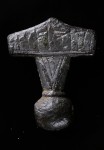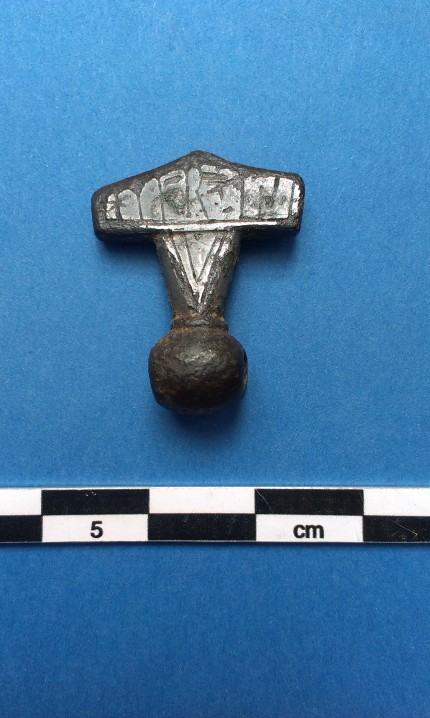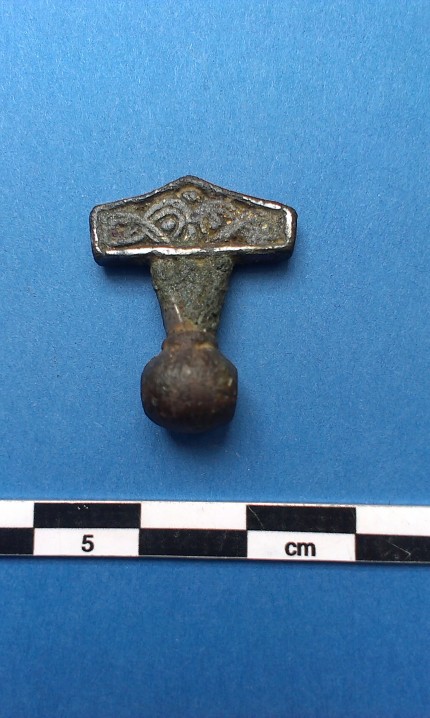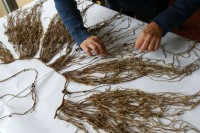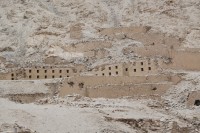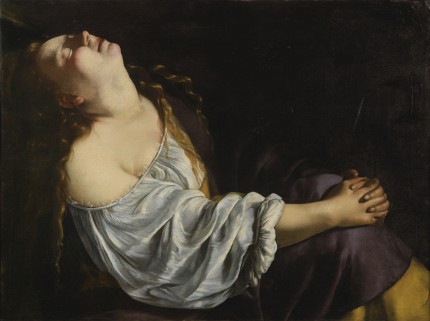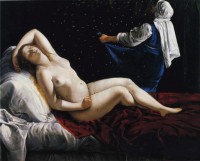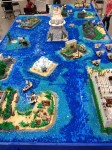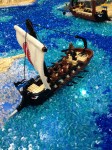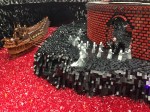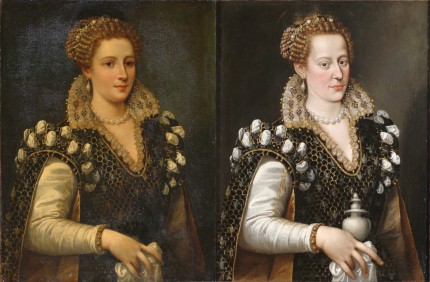
A portrait of Isabella de’ Medici, daughter of Grand Duke Cosimo I of Tuscany and his wife Eleanor of Toledo, has been liberated from the atrocious Victorian overpaint that had replaced all her individuality and dignity with a cheeseball beauty standard better suited to a cookie tin lithograph than a Renaissance court painting. The portrait was acquired by the Carnegie Museum of Art in Pittsburgh in 1978 when it was reported to be a portrait of Eleanor of Toledo by Bronzino. Bronzino did a portrait of Eleanor wearing a gorgeous brocade dress that is one of the most famous works of the period, but the Carnegie painting was so markedly inferior to that masterpiece that to call the attribution sloppy is a drastic understatement.
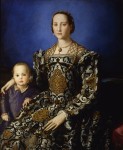 The museum’s curator of fine arts Lulu Lippincott suspected it was a modern fake and planned to deaccession the piece. Before lowering the boom, she asked chief conservator Ellen Baxter to determine whether it was a fake. Baxter found that the painting had cracks in it that were characteristic of a panel painting rather than an oil on canvas. The stamp of Francis Leedham, a 19th century British restorer who specialized in the terrifying practice of transferring paintings from wood or fresco to canvas (read a summary of the process here, if you dare), on the stretcher confirmed that this painting was already at least a century old in the Victorian era.
The museum’s curator of fine arts Lulu Lippincott suspected it was a modern fake and planned to deaccession the piece. Before lowering the boom, she asked chief conservator Ellen Baxter to determine whether it was a fake. Baxter found that the painting had cracks in it that were characteristic of a panel painting rather than an oil on canvas. The stamp of Francis Leedham, a 19th century British restorer who specialized in the terrifying practice of transferring paintings from wood or fresco to canvas (read a summary of the process here, if you dare), on the stretcher confirmed that this painting was already at least a century old in the Victorian era.
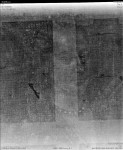 X-rays revealed that underneath the corny lady was the portrait of an older woman with puffy undereyes, a bit of a double chin, a handsome nose bump and significantly larger hands. This subject also sported a halo and held an alabaster urn in her meat hooks, attributes of Mary Magdalene that had been painted over after Leedham had transferred the portrait to canvas. The face and hands were
X-rays revealed that underneath the corny lady was the portrait of an older woman with puffy undereyes, a bit of a double chin, a handsome nose bump and significantly larger hands. This subject also sported a halo and held an alabaster urn in her meat hooks, attributes of Mary Magdalene that had been painted over after Leedham had transferred the portrait to canvas. The face and hands were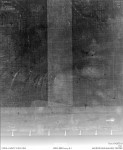 extensively repainted, probably to make the distinctive subject more conventionally “pretty” and appealing to potential buyers.
extensively repainted, probably to make the distinctive subject more conventionally “pretty” and appealing to potential buyers.
It was Lulu Lippincott who identified the sitter. She compared the dress, the least tampered with element of the painting, to other portraits of Medici women and found a painting of Isabella de’ Medici wearing the same garment. Born in 1542, Isabella was a luminous figure in the Medici court during her short life. She was beautiful, vivacious, fashionable, intelligent, well-educated, a lover of the arts. Her father Cosimo doted on her. When she was 16, her father arranged a politically expedient marriage for her to Paolo Giordano Orsini, Duke of Bracciano. He was a violent man, an avid hunter, fighter and future leader of the Papal armies, but he lived in Rome and Cosimo saw to it that his daughter (and her dowry) stayed with him in Florence.
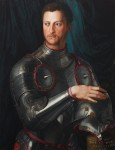 Cosimo gave her an exceptional amount of freedom for a noblewoman of her time. She ran her own household, and after Eleanor’s death in 1562 [corrected from 1559, thank you Edward!], Isabella ran her father’s too. She threw famously raucous parties and spent lavishly. Her father always covered her debts and protected her from scrutiny even as rumors of her lovers and excesses that would have doomed other society women spread far and wide. Her favorite lover was said to be Troilo Orsini, her husband Paolo’s cousin.
Cosimo gave her an exceptional amount of freedom for a noblewoman of her time. She ran her own household, and after Eleanor’s death in 1562 [corrected from 1559, thank you Edward!], Isabella ran her father’s too. She threw famously raucous parties and spent lavishly. Her father always covered her debts and protected her from scrutiny even as rumors of her lovers and excesses that would have doomed other society women spread far and wide. Her favorite lover was said to be Troilo Orsini, her husband Paolo’s cousin.
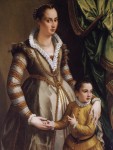 Things went downhill fast for Isabella after her father’s death in 1574. Her brother Francesco was now the Grand Duke, and he had no interest in indulging his sister’s peccadilloes. We don’t know what happened exactly, but in 1576 Isabella died at the Medici Villa of Cerreto Guidi near Empoli. The official story released by Francesco was that his 34-year-old sister dropped dead suddenly while washing her hair. The unofficial story is that she was strangled by her husband out of revenge for her adultery and/or to clear the way for him to marry his own mistress Vittoria Accoramboni.
Things went downhill fast for Isabella after her father’s death in 1574. Her brother Francesco was now the Grand Duke, and he had no interest in indulging his sister’s peccadilloes. We don’t know what happened exactly, but in 1576 Isabella died at the Medici Villa of Cerreto Guidi near Empoli. The official story released by Francesco was that his 34-year-old sister dropped dead suddenly while washing her hair. The unofficial story is that she was strangled by her husband out of revenge for her adultery and/or to clear the way for him to marry his own mistress Vittoria Accoramboni.
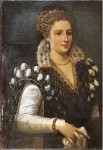 Isabella was painted repeatedly during her lifetime, often by Alessandro Allori, a prominent Medici court painter and student of Bronzino’s. The Carnegie’s portrait is one of the last.
Isabella was painted repeatedly during her lifetime, often by Alessandro Allori, a prominent Medici court painter and student of Bronzino’s. The Carnegie’s portrait is one of the last.
Lippincott believes that the picture was painted around 1574, and that the halo and urn were added shortly after the work was completed. The Mary Magdalene attributes transformed the portrait into a “symbol of repentance”; Isabella’s brother Francesco, who became head of the family in 1574, was less accepting of her scandalous lifestyle. “This may have been Isabella’s attempt to clean up her act,” Lippincott says.
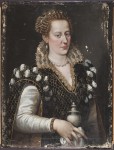 Conservator Ellen Baxter cleaned up the portrait’s act, removing yellowed varnish and all that tragic overpaint. The age and stability of the paint layers made it a relatively straightforward process, although once the Victorian modifications were gone, there were areas of paint loss, particularly around the edges. Baxter filled in the blanks with a light, judicious hand.
Conservator Ellen Baxter cleaned up the portrait’s act, removing yellowed varnish and all that tragic overpaint. The age and stability of the paint layers made it a relatively straightforward process, although once the Victorian modifications were gone, there were areas of paint loss, particularly around the edges. Baxter filled in the blanks with a light, judicious hand.
Watch this video to see her in action:
Now that the Isabella has been liberated from a later era’s bad taste, attribution can be revisited. For now, the Carnegie is attributing the portrait to the circle of Alessandro Allori, although it could be the work of the master himself.
Meanwhile, Isabella is going on display in the Carnegie Museum of Art’s Faked, Forgotten, Found: Five Renaissance Paintings Investigated exhibition, a fascinating glimpse behind the conservator’s curtain as viewed through the analysis and conservation of five Renaissance paintings in the museum’s collection. The exhibition debuted Saturday and runs through September 15th.
